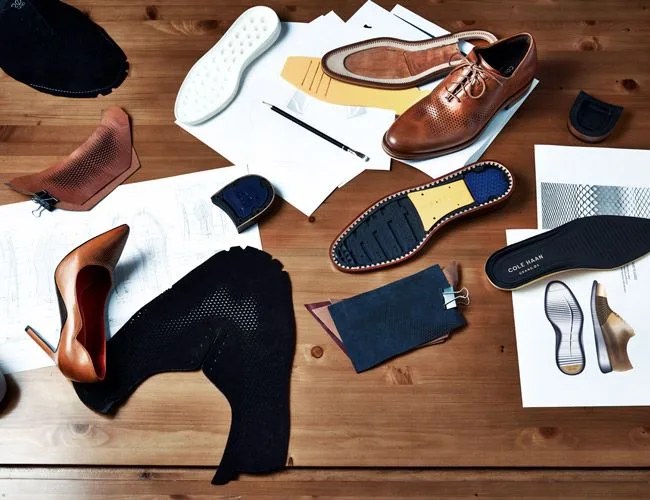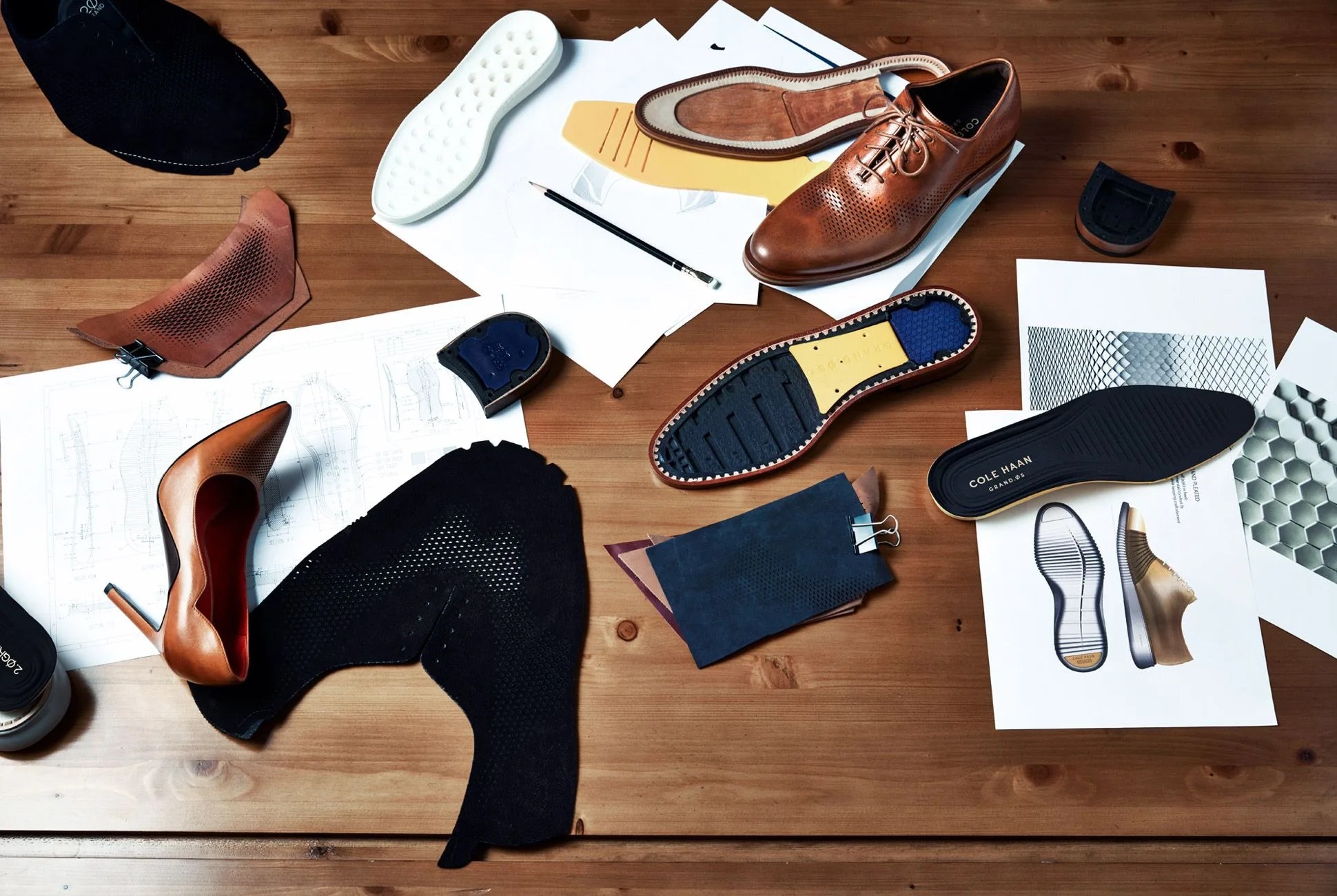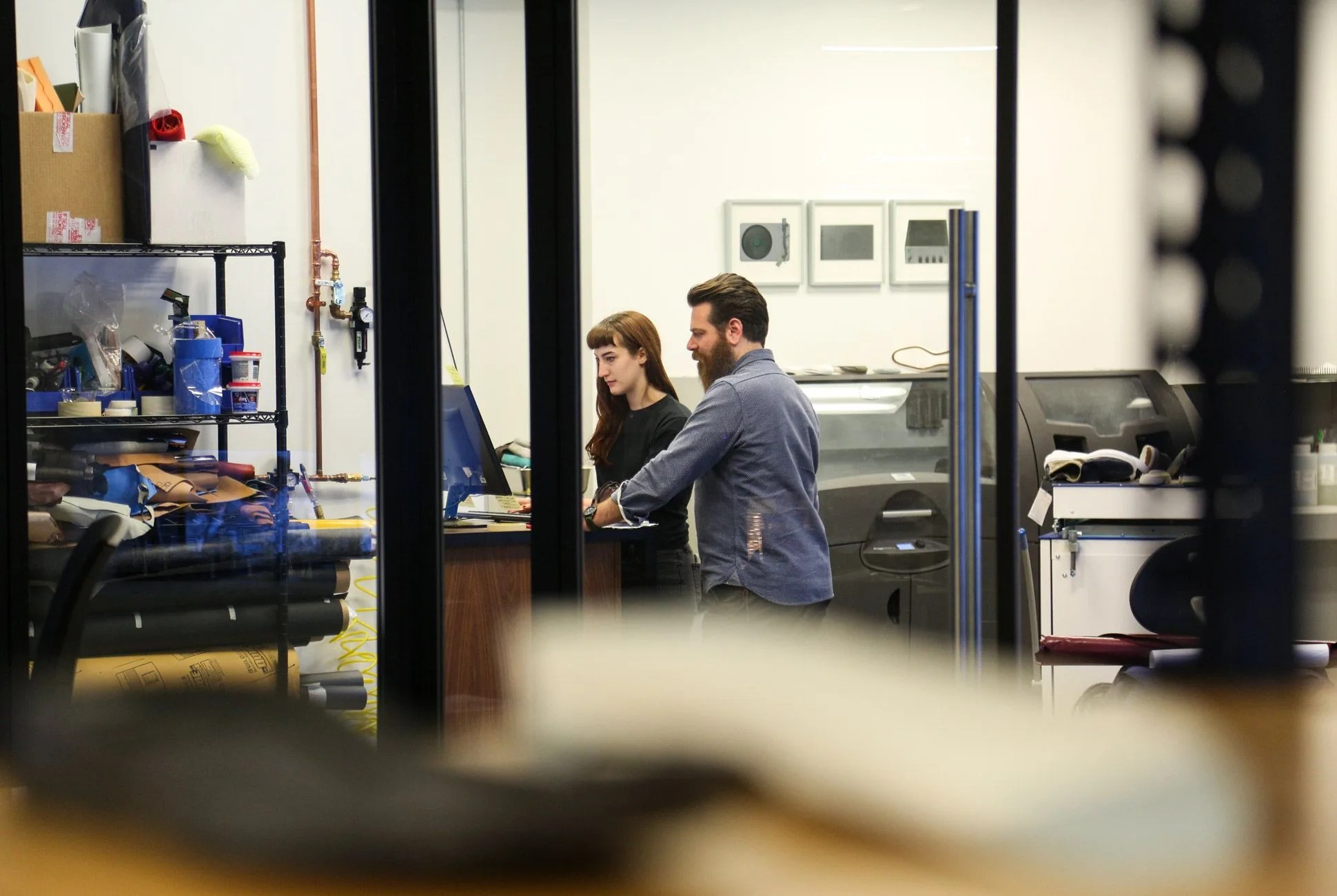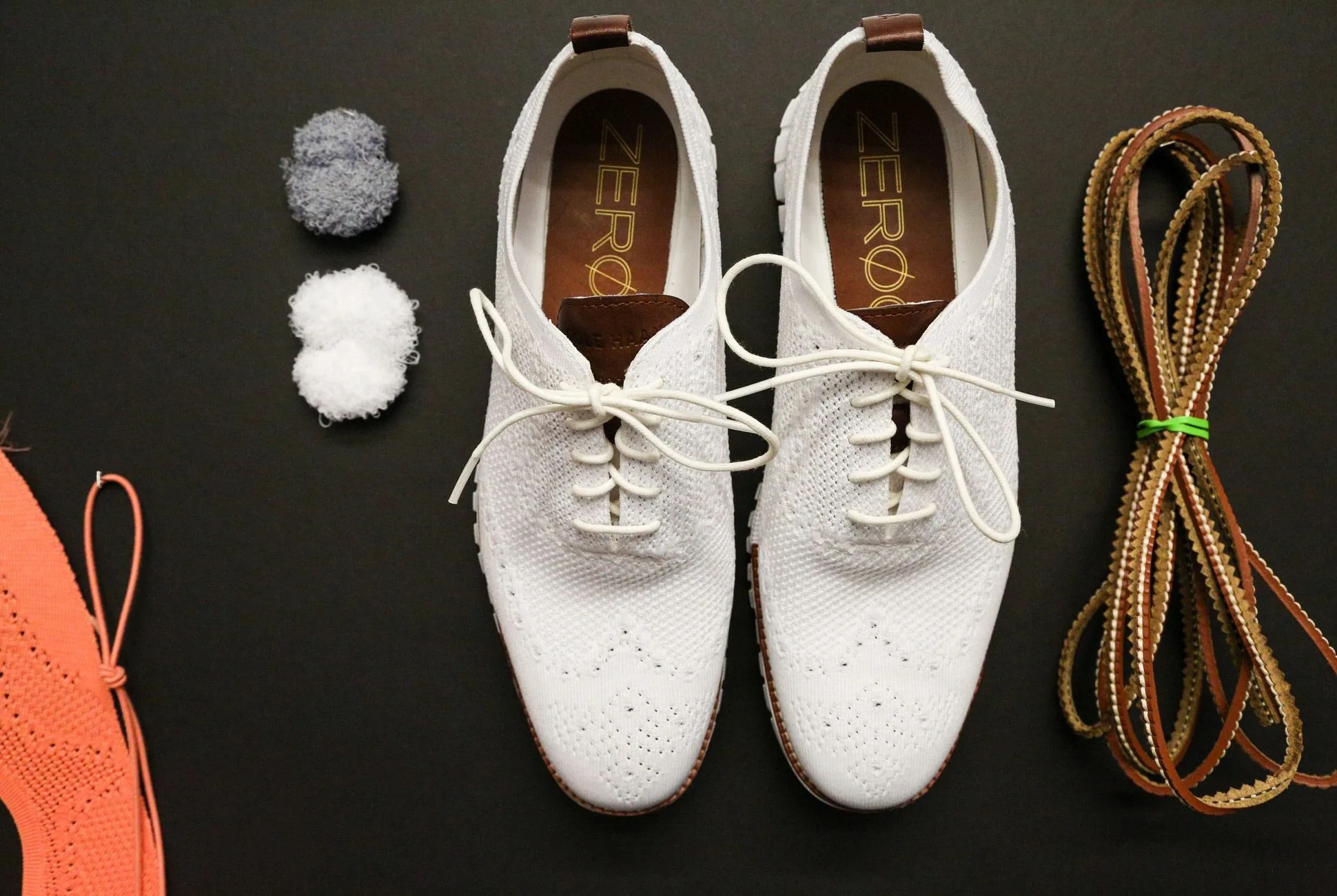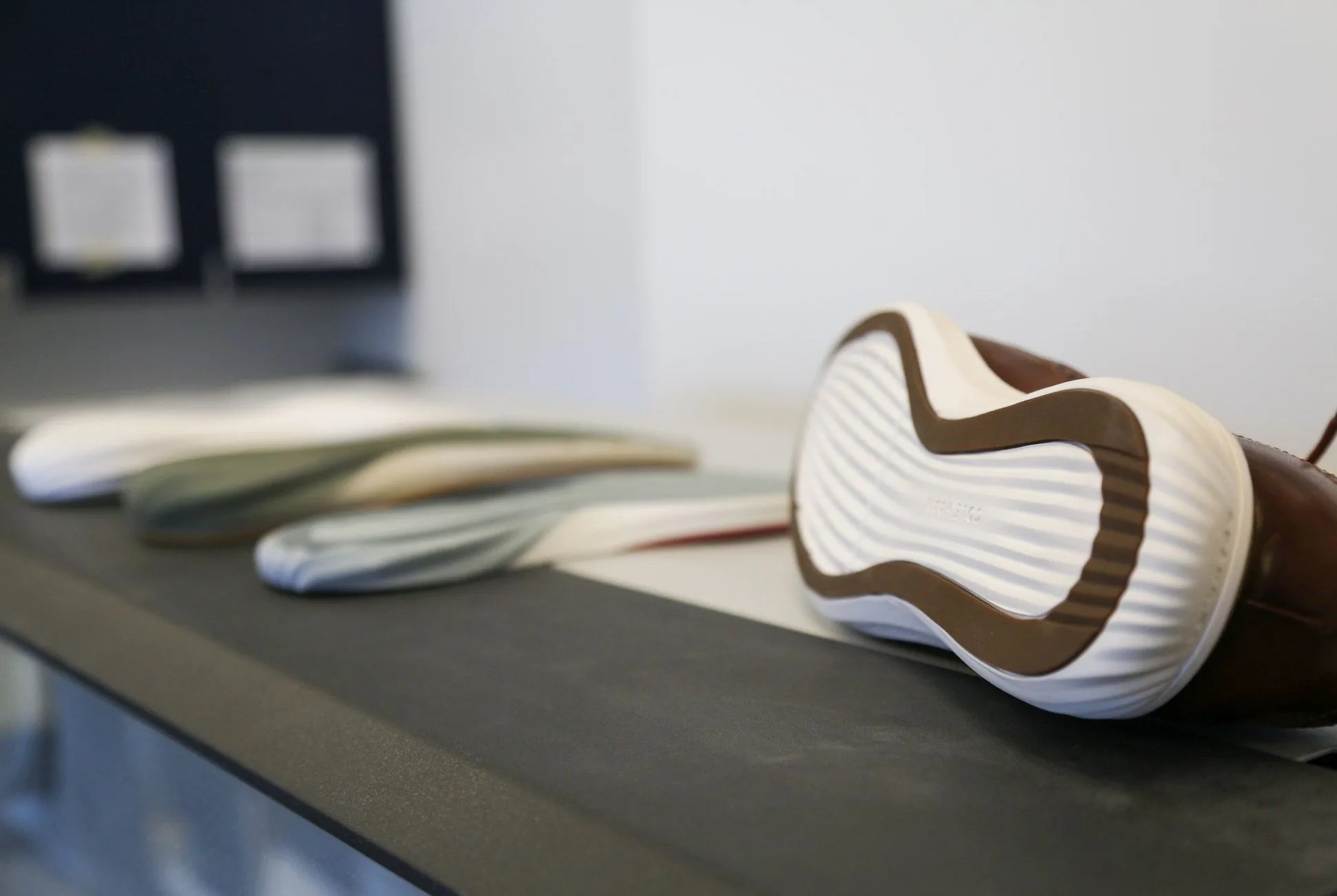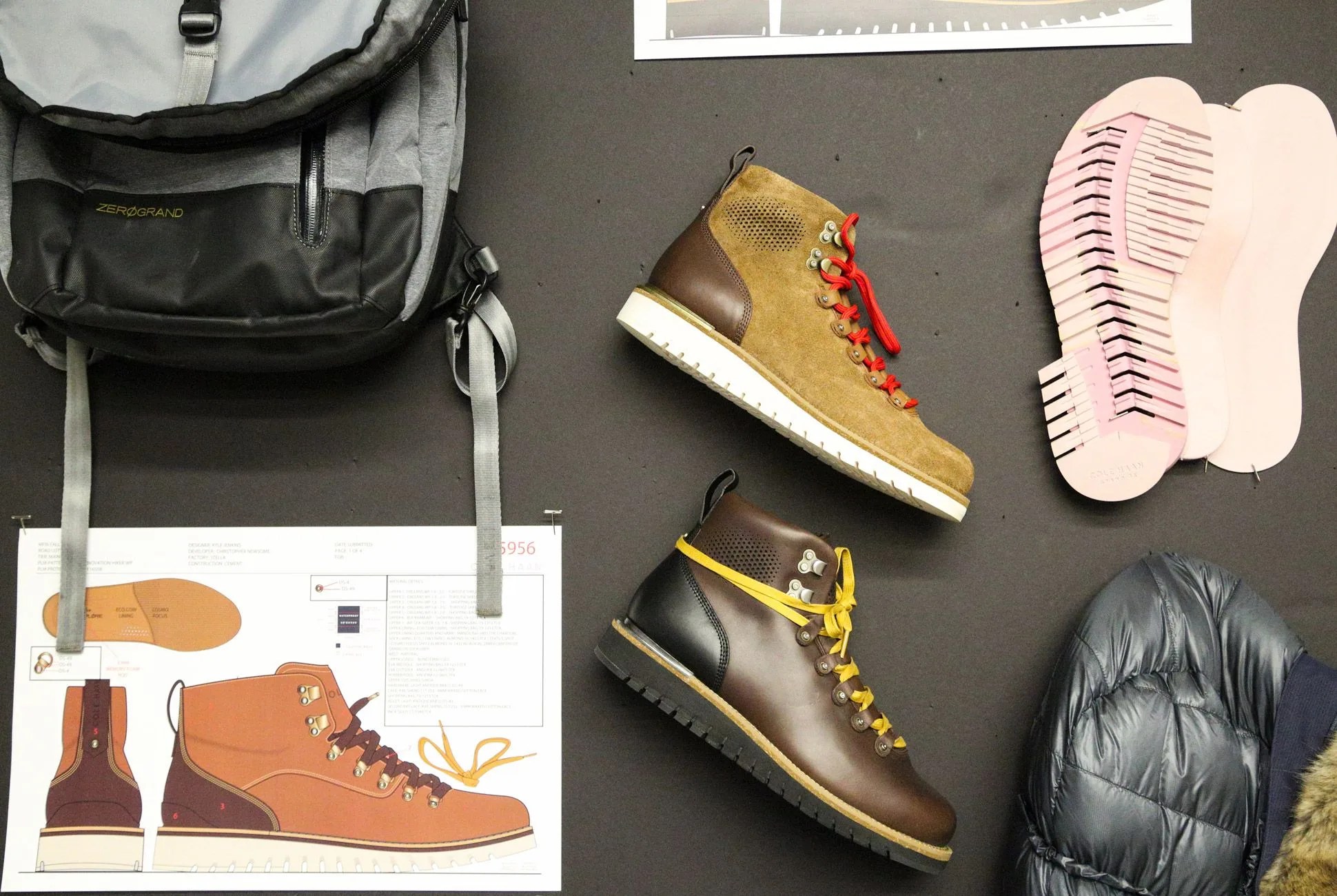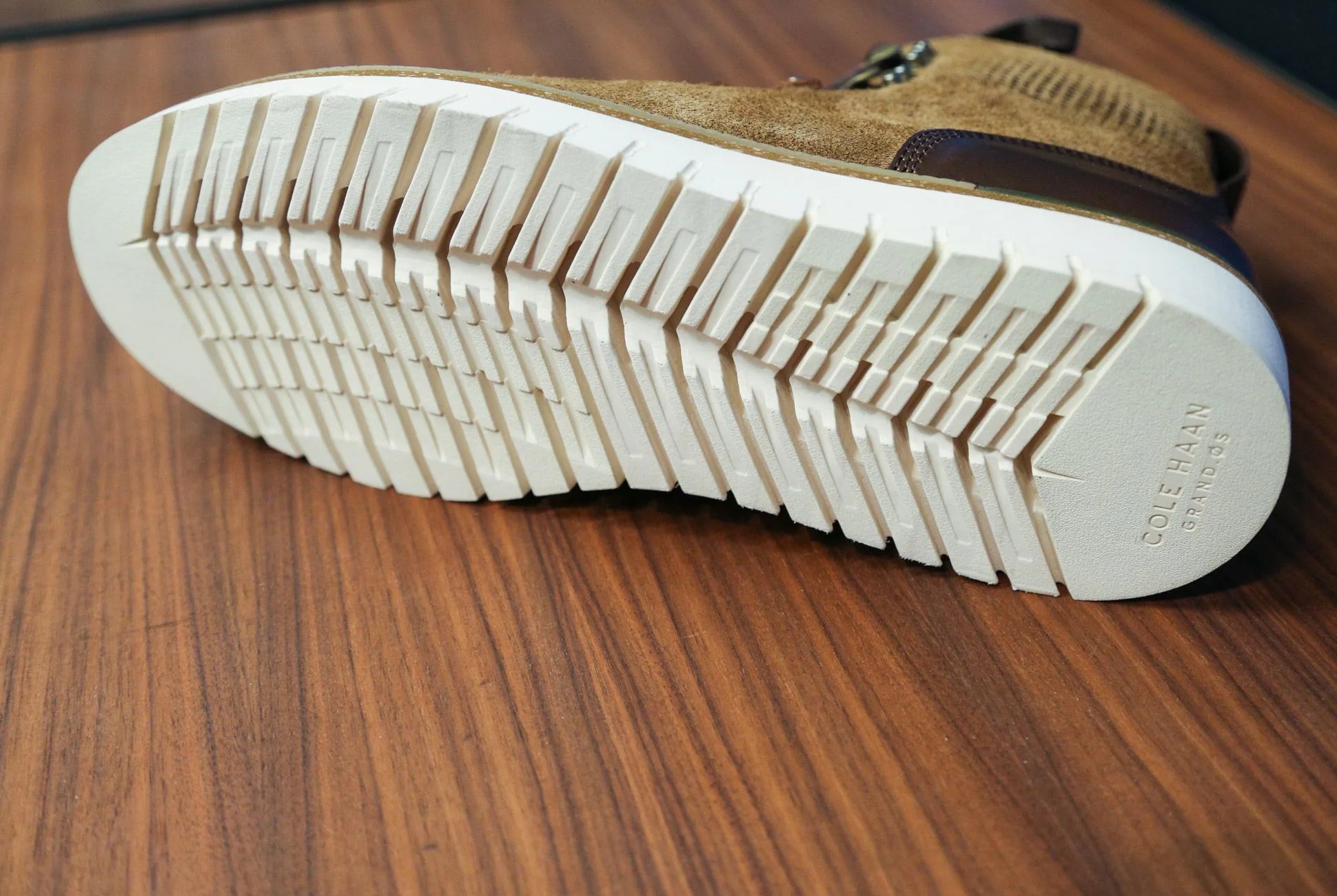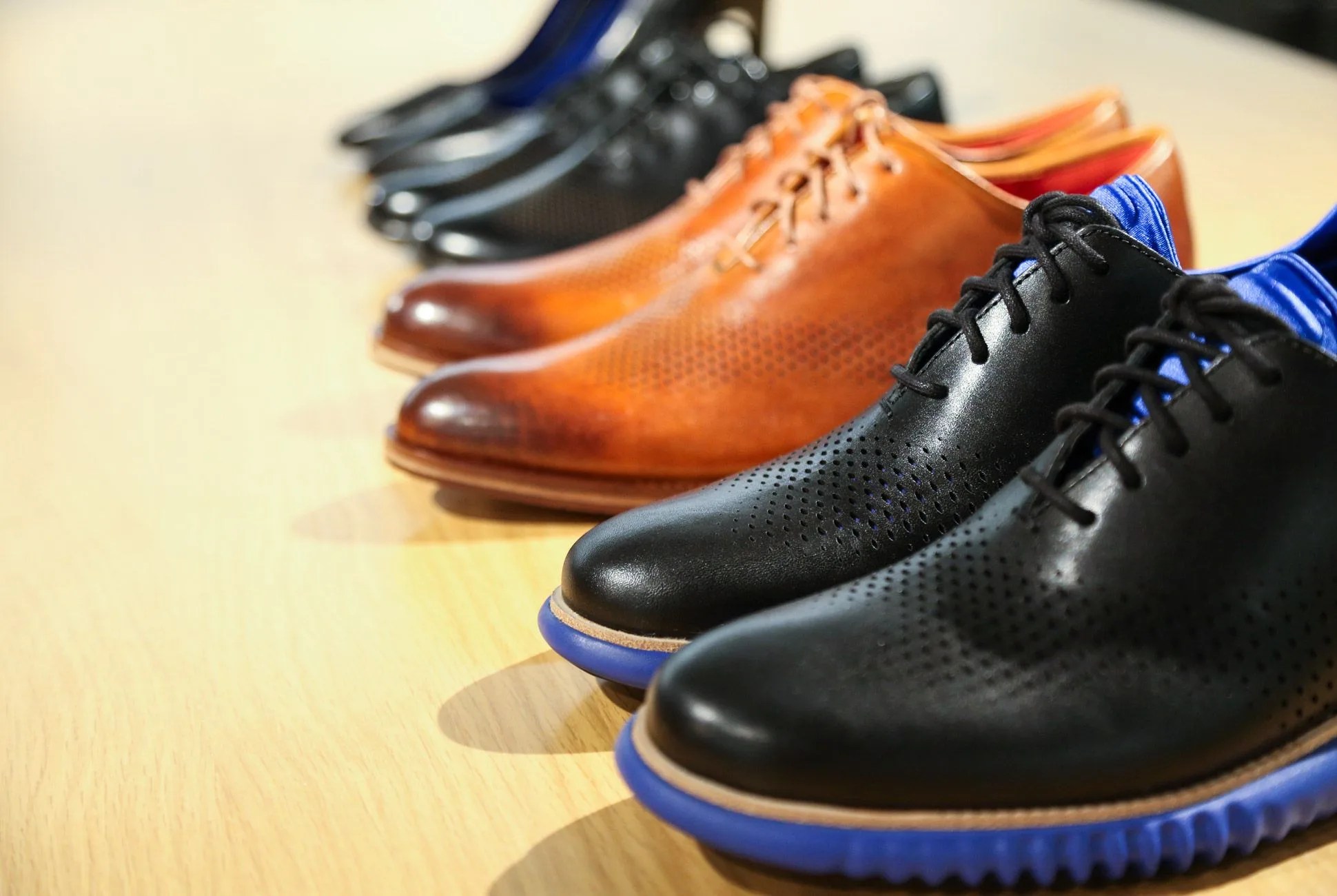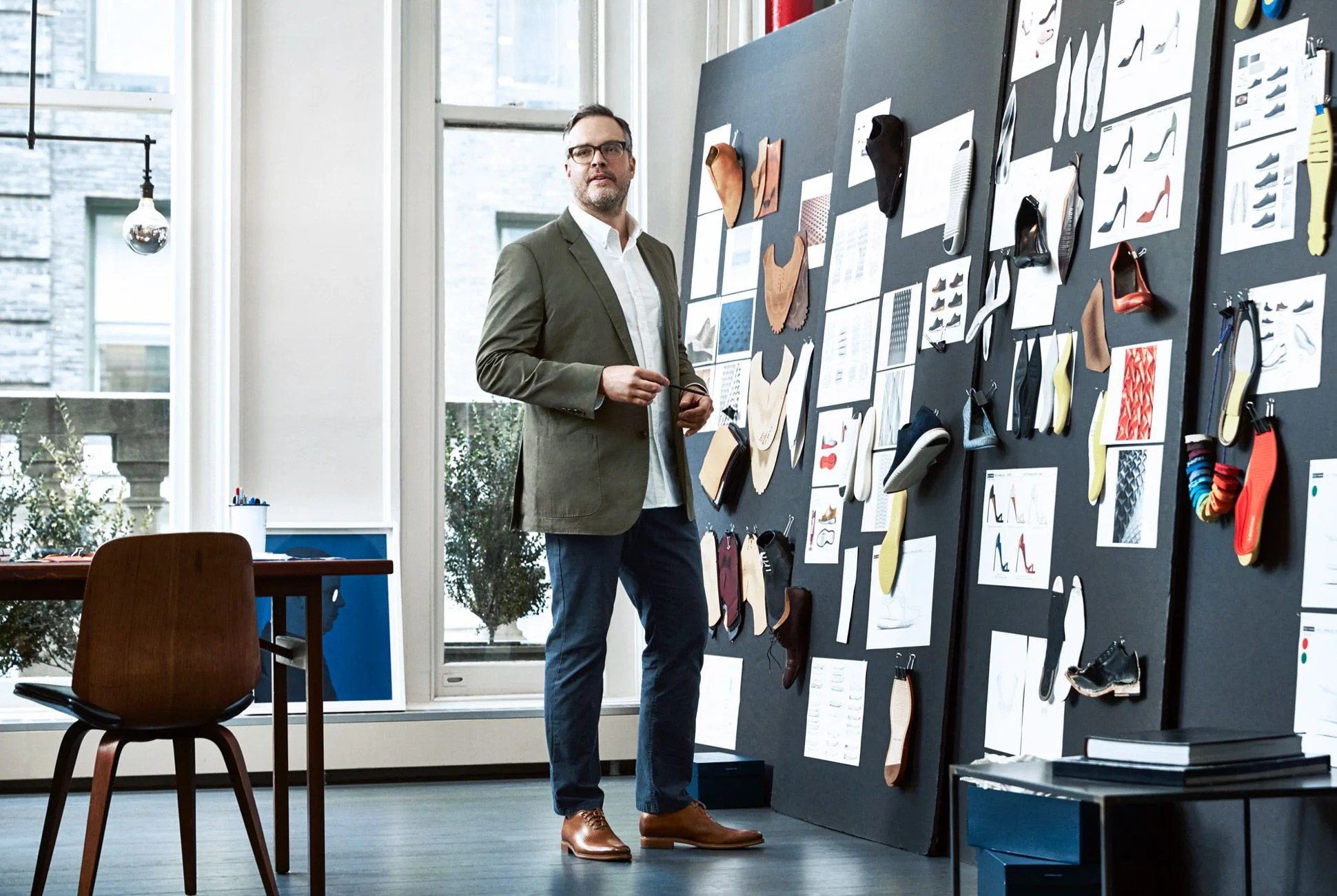8 photos
In recent years, Cole Haan has upended the world of footwear with its innovative approach to product design. The 89-year-old company has focused resources on evolving its lines of shoes for men and women, creating an innovation center in New Hampshire dedicated to solving problems with shoes commonly ignored by brands in the past half-century. Cole Haan’s design philosophy is manifested in its Grand OS, a system that places value in core footwear elements like flexibility, cushioning and lightness. The diverse team of designers and creatives responsible for shoes like the ZeroGrand Stitchlite Wingtip Oxford, GrandPro Deconstructed Running Sneaker and ZeroGrand Laser Wingtip Oxford are led by Scott Patt, Cole Haan’s VP of Design and Innovation.
Patt is a veteran of the industry, having previously worked with brands like Nike, Converse and Hurley, and is also a visual artist and surfer. At the innovation center, he has cultivated a wealth of talent from many disciplines. His team has backgrounds in industrial design and video game design, material innovation and traditional boot making. Thanks to clear direction and well-established creative boundaries, Cole Haan’s innovation center has produced modern updates to classic silhouettes, pushing shoe design forward with contemporary materials and new designs. We talked to Scott Patt, on a trip to New Hampshire, about what makes the center thrive.
Q: Where do ideas start at Cole Haan?
A: If we’re a running brand and you say, “Give me a shoe that’s going to make you run faster,” then I can start to dice it up and go, “It needs to be lighter, it needs to get better rebound…” Here [at Cole Haan], it’s: I need a chukka, or I need a wingtip.
One of the categories is called GrandPro, which is about taking classic silhouettes and modernizing them. So for the brief, it’s literally that. How do I take a classic, but make it better? But then there’s the brief of: How do you invent? How do you do something that’s so different? You don’t really have a starting point. So where do you go with that?
The briefs at the brand are diverse in a lot of ways, with those starting points, and how you twist them for the appropriateness of the silhouette and the wearing occasion, versus “I need to cut better, I need to run faster, I need to perform better.” Ultimately we want people to perform better, but the starting points come from rooted places in style and fashion.
Q: What is the advantage of focusing on updating a preexisting shoe?
A: When you have those defined lanes, you can say, “I’m going to do everything in that space to make it better.” Versus, when you have this, it’s like walking up to a blank white canvas and you don’t know what the hell to do with it.
